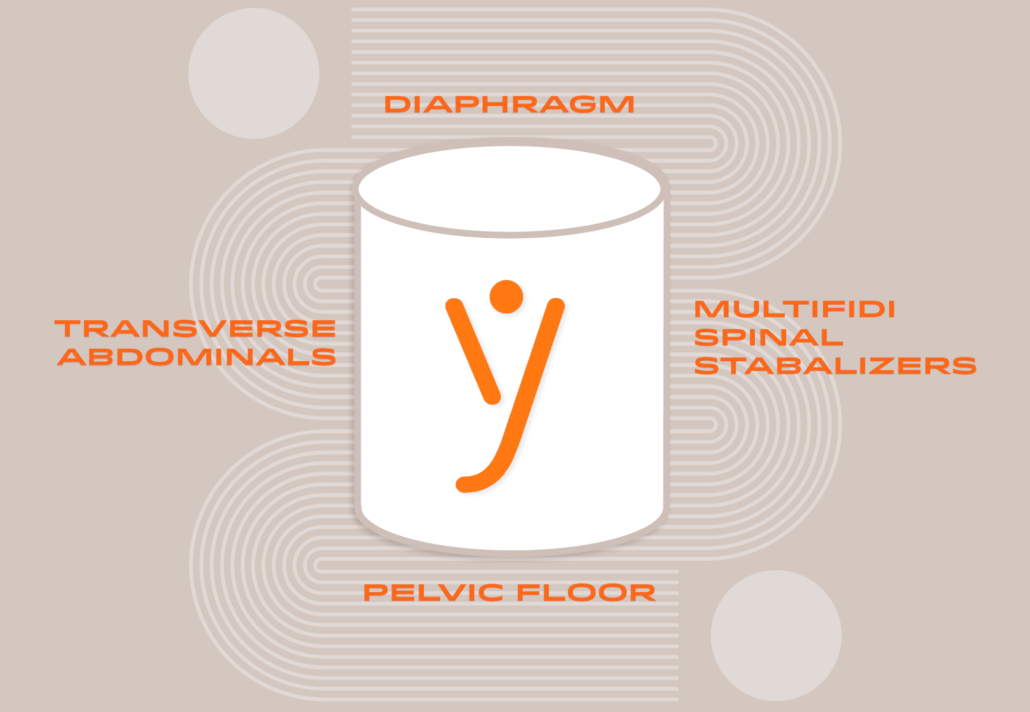
• athletes wanting to up their game
• women entering menopause
• people w/ urinary incontinence
• knee injuries
• back instability/injuries
• hip pain
• post abdominal surgical
• post partum
• ankle sprain/foot pain
Is pelvic floor training the missing link in your recovery?
We often think of “ab exercises” when doing core training, and wonder why we are not seeing the benefits. The pelvic floor is the deepest layer of our core system, but is often forgotten in training, and rehabilitation
The core is actually a complex, coordinated system of 4 muscle groups. Think of it as a canister with the diaphragm on top, pelvic floor on the bottom, transverse abdominals in front, and spinal stabilizers (multifid) in the back. A strong and coordinated “core canister” allows for stability of the spine and pelvis, and provides a strong foundation for the hips and legs to power off of.
The pelvic floor coordinates with the diaphragm, so when we have faulty breath patterns, it affects the function of the pelvic floor which can lead to back, hip, sit pain.
The bottom line is that the pelvic floor is a major key player in a comprehensive strength training routine, and foundational to any successful rehabilitation program. There’s a lot more to it than just doing Kegel’s to strengthen the pelvic floor. In fact, sometimes Kegel’s can make things worse.
The pelvic floor a complicated muscle group that requires a specific, and progressive training/treatment program to function well.
Just like any other muscle of our body, the pelvic floor needs to be strong, yet flexible.
If the pelvic floor is too tight, and/or weak, it can lead to pain, and dysfunction in the pelvic floor itself, as well as instability, or inflammation in the spine, SIJ, or hips.
Everybody and anybody benefits from pelvic floor training.